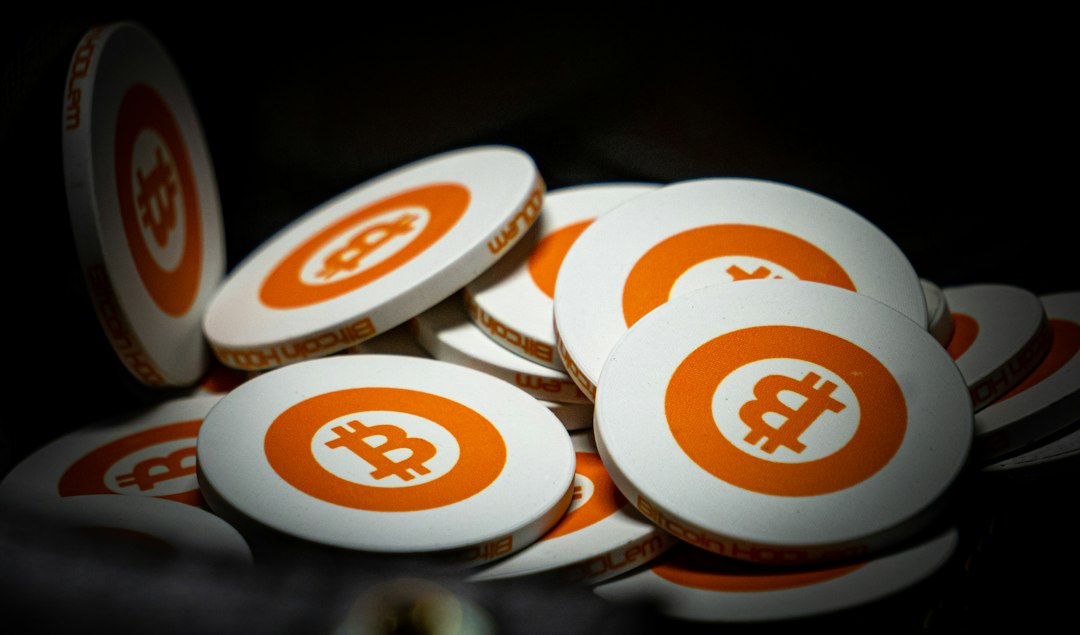Proof-of-Stake Assets Face Market Capitalization Decline
The market capitalization of Proof-of-Stake (PoS) assets has experienced a significant drop of 7% in the third quarter of this year, resulting in a total value decrease to $254 billion. This decline has raised concerns about the future prospects and performance of PoS assets, prompting a closer examination of the situation.
Understanding Proof-of-Stake Assets
PoS assets are a type of cryptocurrency that operates differently from Proof-of-Work (PoW) assets like Bitcoin. In PoS, mining processes are not energy-intensive, and the validation of transactions and creation of new blocks depend on validators or “stakers” who hold and stake their coins as collateral.
Shift Towards PoS Assets Reflects Environmental Concerns
The shift from PoW to PoS assets is driven by growing concerns about the environmental impact of energy-consuming blockchain networks. PoS is more energy-efficient, making it an attractive alternative.
Market Capitalization and Staking Rewards
According to a report, while the market capitalization of PoS assets decreased, the total value of staked assets increased by 3% to reach $74 billion. However, staking rewards saw a decline of 7%, dropping to $4.1 billion annually. The average PoS staking yield also decreased by 4% compared to the previous quarter.
The report highlights that the share of PoS assets in comparison to the total cryptocurrency market capitalization now stands at 22%, indicating a relative decline in prominence within the broader cryptocurrency market dominated by Bitcoin.
Insights and Implications for PoS Assets
The fluctuations in PoS assets during the third quarter provide valuable insights into the evolving cryptocurrency landscape. Although the market capitalization decline raises concerns, the significant increase in staked assets, particularly within the Ethereum ecosystem, suggests sustained interest in the proof-of-stake model.
Monitoring Market Dynamics and Layer 2 Networks
As the market dynamics shift and Layer 2 networks impact Ethereum’s performance, close monitoring is necessary in the upcoming quarters. Adaptability and innovation will be crucial for the success of PoS assets and networks as the cryptocurrency ecosystem continues to progress.
Hot Take: Future Prospects for PoS Assets
The decline in market capitalization of PoS assets may raise questions about their future prospects. However, the increase in staked assets within prominent blockchains like Ethereum indicates a sustained interest in PoS. As environmental concerns continue to drive the shift towards energy-efficient blockchain networks, PoS assets have the potential for long-term growth and adoption.
Bitro Conwell stands as an intellectual architect, weaving together the roles of crypto analyst, meticulous researcher, and editorial virtuoso with finesse. Amidst the digital intricacies of cryptocurrencies, Bitro’s insights resonate harmoniously with seekers of all stripes, showcasing a profound understanding. His ability to untangle the most complex threads within the crypto landscape seamlessly pairs his their editorial finesse, transforming intricacy into an artful tapestry of comprehension.

